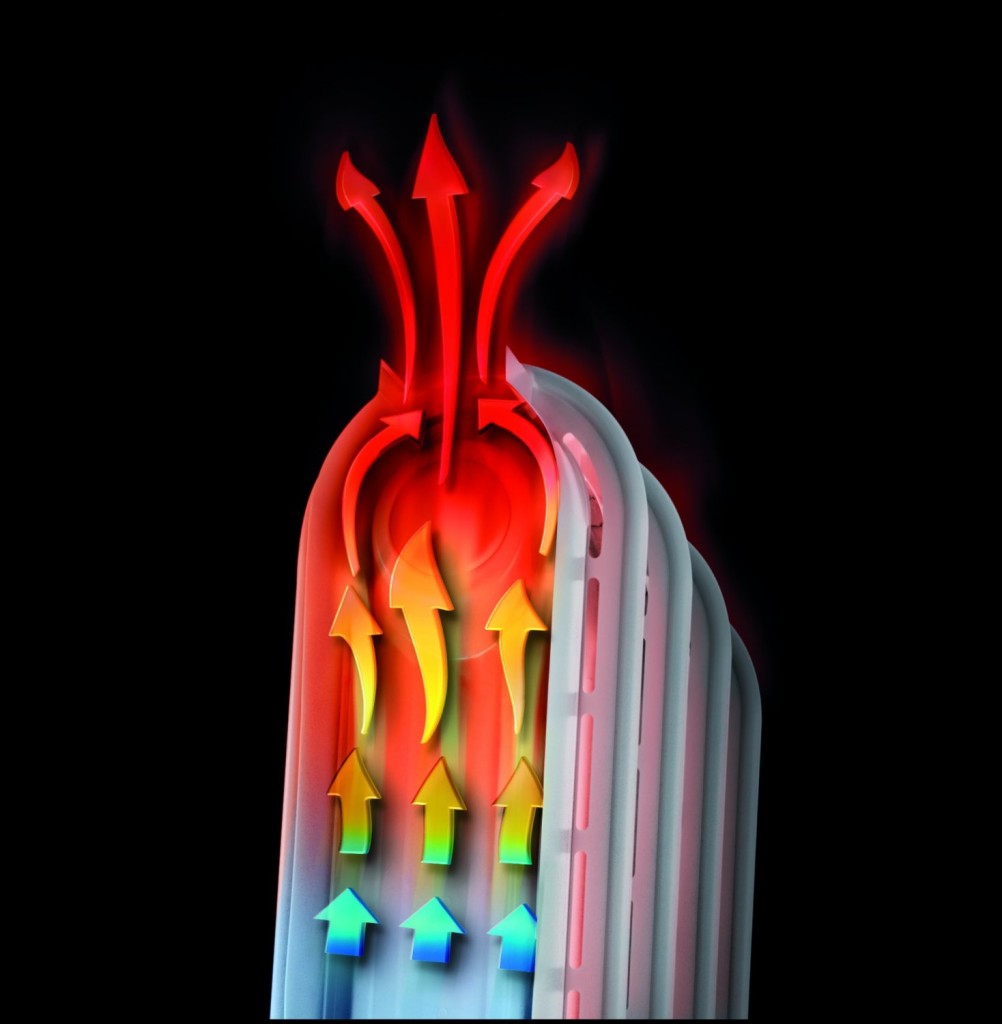As the colder months arrive and the chilly air sneaks in, we all look for warmth inside our homes. And in this pursuit of coziness, we often turn to our reliable companion: the oil-filled radiator. But have you ever stopped to think about how these simple devices manage to keep us warm for so long? Well, the secret lies in something natural called convection. So, let’s embark on a little exploration into the world of oil-filled radiators and discover how convection works its magic to bring us that comforting warmth.
The Essence of Convection
Convection might sound like a complicated term, but it’s essentially just the way heat moves through fluids like air and water. Imagine a bubbling pot of soup on the stove: as the liquid heats up, the warmer portions rise to the top, while the cooler parts sink. This movement creates a continuous cycle of heating and cooling. This natural flow of fluid due to temperature differences is what we call convection.
A Dance of Warmth: How Convection Works in Oil-Filled Radiators
Now, let’s translate this concept of convection to the world of oil-filled radiators. These radiators are equipped with a heating element that warms up the thermal oil inside. As the oil heats up, something fascinating happens: it becomes lighter and rises, creating a flow within the radiator. Cooler air from the room then rushes in to take its place, starting a cycle of warm air rising and cool air filling in.
Spreading the Warmth
This continuous movement of warm oil and cooler air is what spreads the warmth throughout the room. As the warm oil rises to the top of the radiator, it releases heat into the air around it. This heat-enriched air then disperses into the room, gently raising the overall temperature. Meanwhile, the now-cooler oil descends back down, ready to be heated up again in the cycle.
Why Convection Matters
Convection is not just a nifty trick; it’s a fundamental process that helps distribute heat more evenly. Without convection, the warm air would stay close to the radiator, leaving the rest of the room feeling chilly. Think of it as a dance of warmth that ensures every corner of the room receives its fair share of coziness. This even heat distribution prevents the formation of uncomfortable hotspots near the radiator and maintains a consistent comfort level.
Enhancing Energy Efficiency
Convection doesn’t just create a comfortable environment; it also contributes to the energy efficiency of oil-filled radiators. The constant movement of warm air means that the radiator doesn’t need to run continuously to maintain the desired temperature. Once the oil is heated, convection takes over, helping to sustain the warmth in the room without needing constant power input.
Making the Most of Convection
To maximize the benefits of convection in your oil-filled radiator, there are a few things you can do:
- Give It Space: Allow enough space around the radiator for air to flow freely. This ensures that the warm air can disperse effectively.
- Positioning Matters: Place the radiator near a wall to guide the warm air into the room, rather than letting it escape towards the wall.
- Keep It Clear: Avoid blocking the top of the radiator with objects. This allows the warm air to rise and circulate naturally.
In Conclusion
Convection, the simple yet powerful force of nature, lies at the heart of how oil-filled radiators provide us with the warmth we crave during colder times. By harnessing the dance between warm oil and cool air, these radiators create an environment where every nook and cranny is enveloped in soothing heat. So, the next time you find comfort beside an oil-filled radiator, you can appreciate the science of convection that’s keeping you warm.
